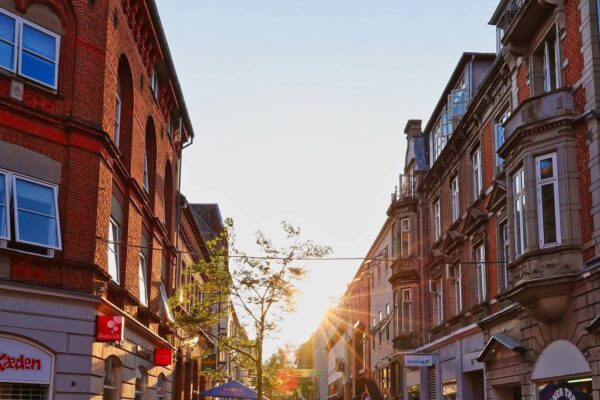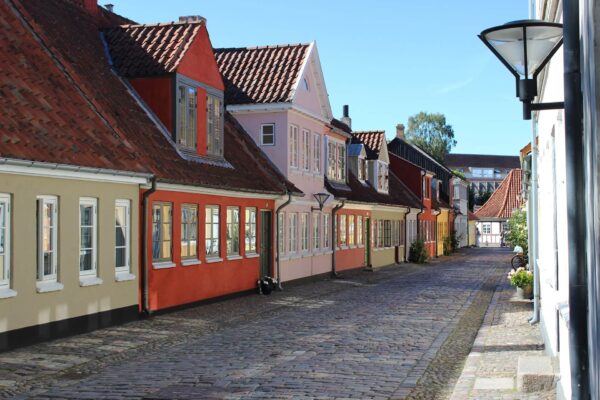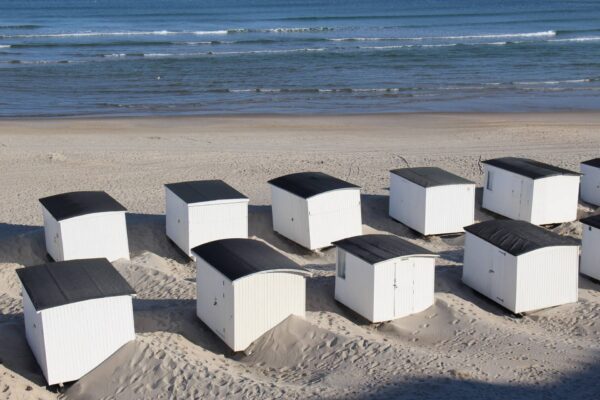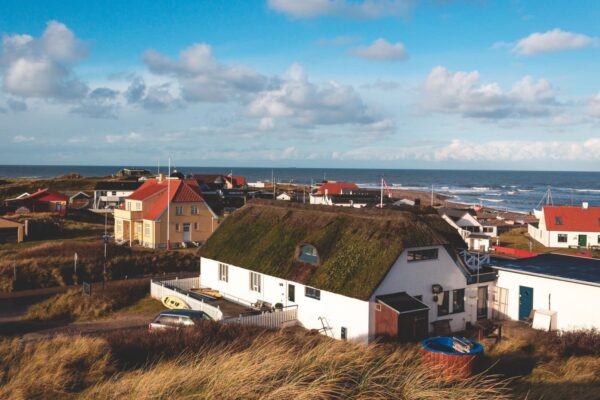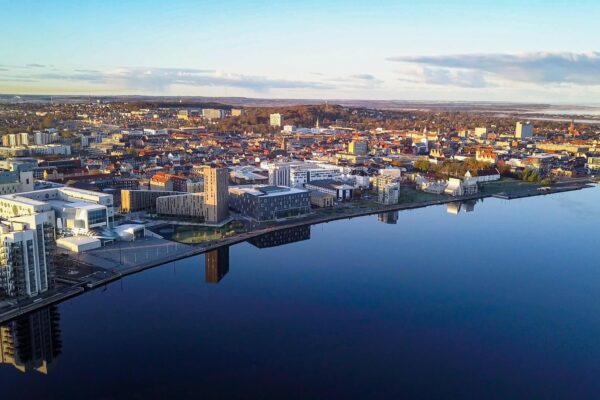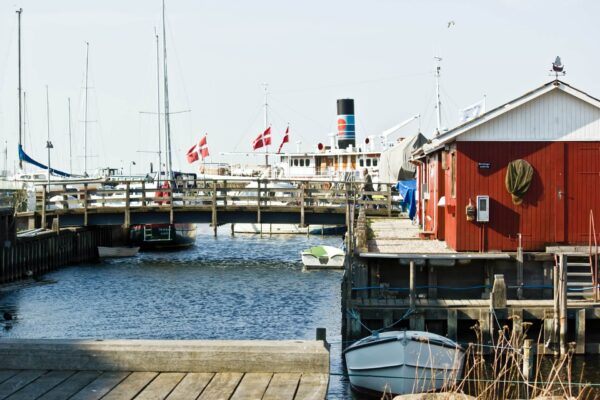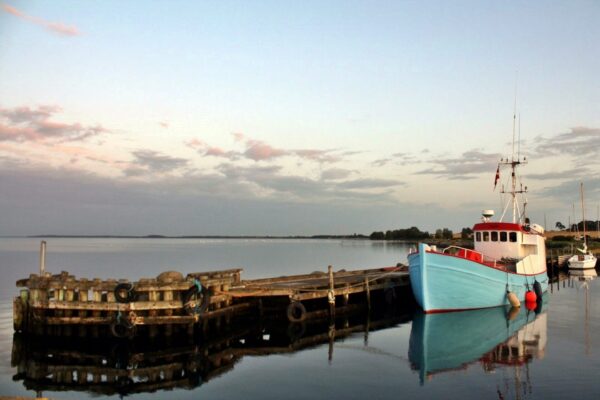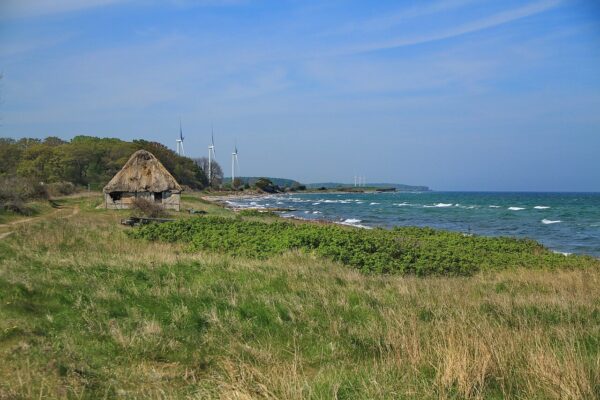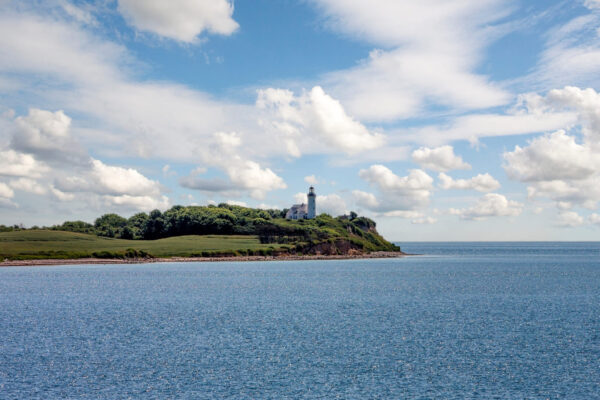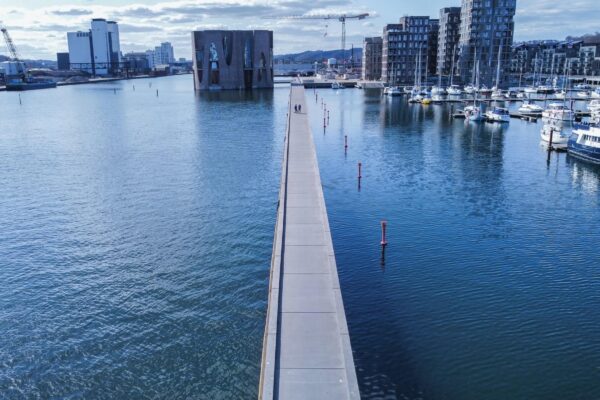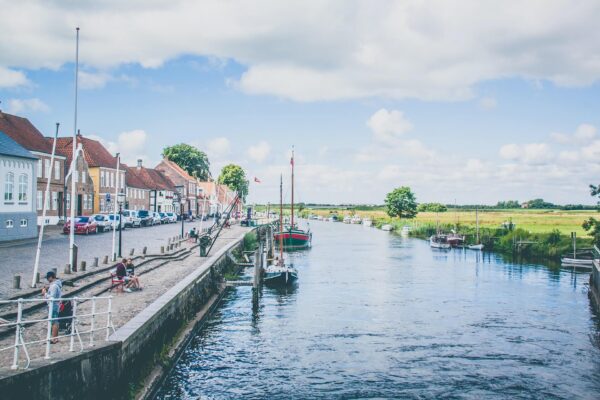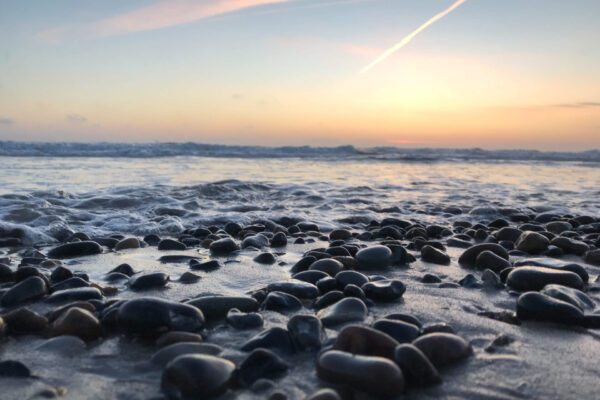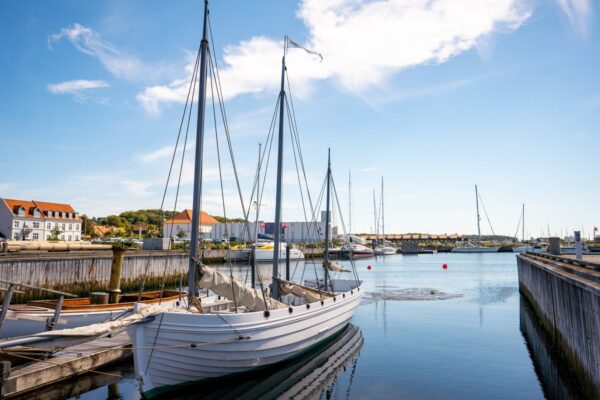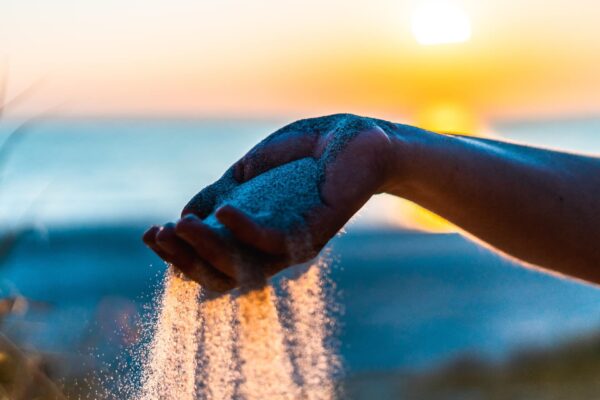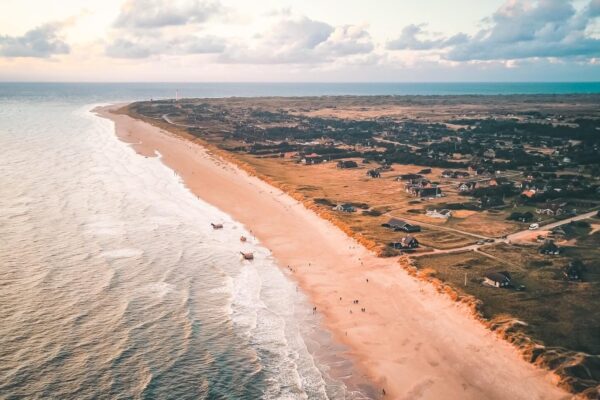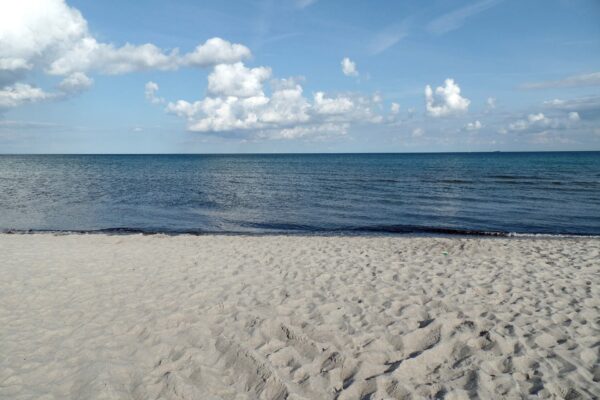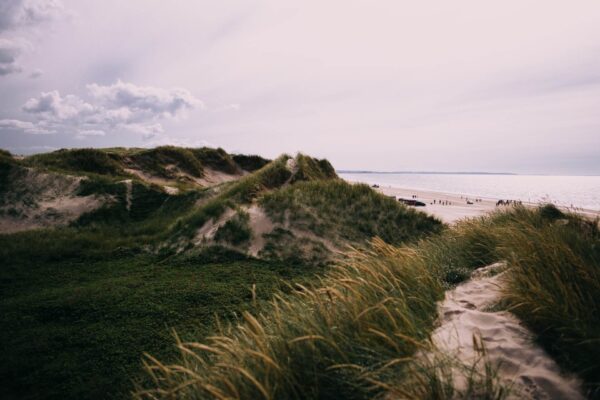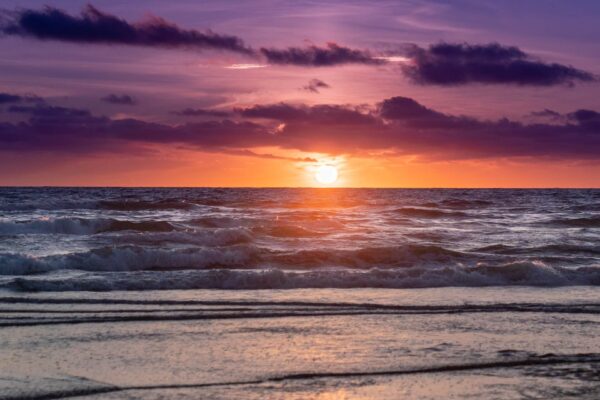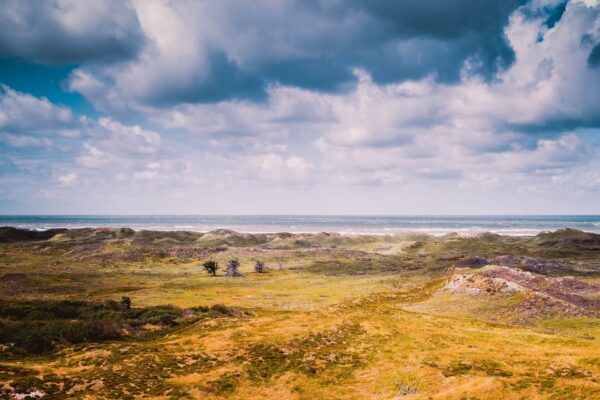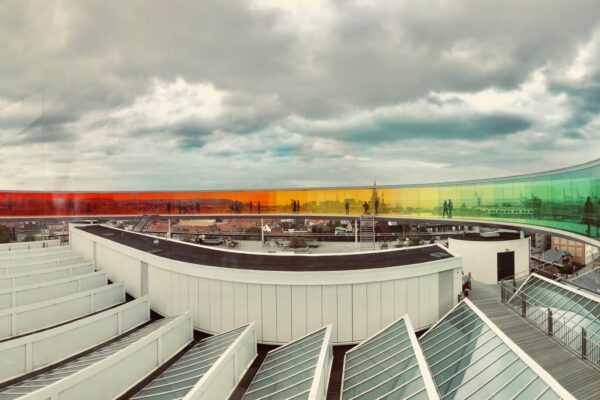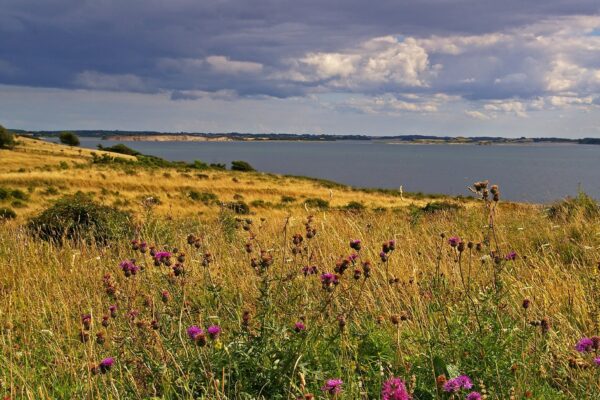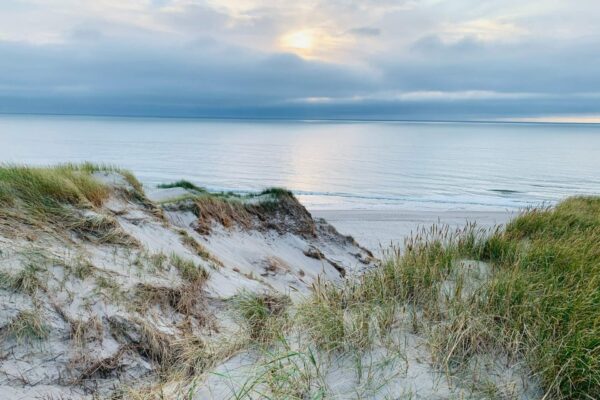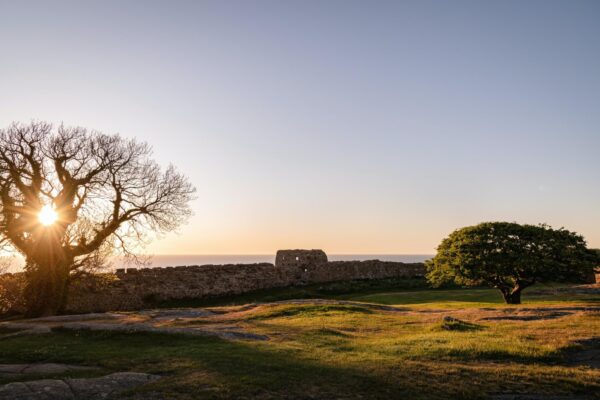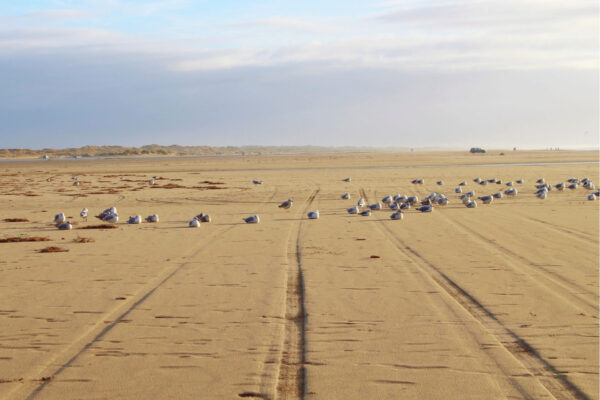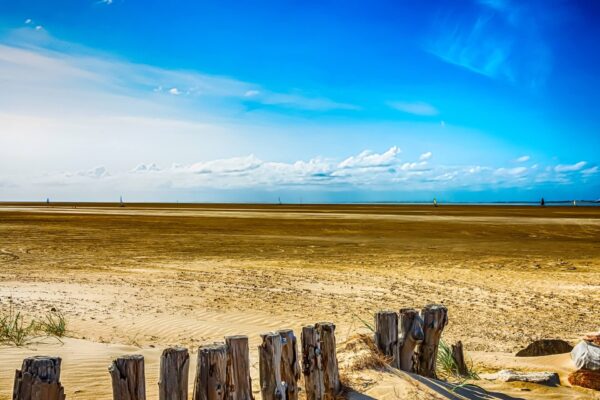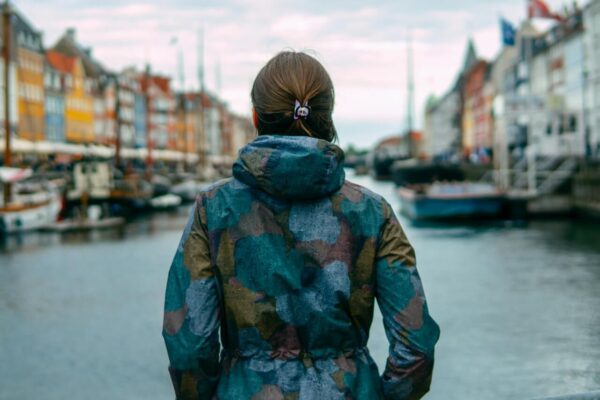The small Baltic Sea island of Mon, Møn in Danish, is a popular holiday destination. Green meadows, charming villages and the famous chalk cliffs are just some of the sights that make the island a favourite with many. Find out here why Møn is an excellent destination to take a break from everyday life and what is important before planning your holiday.
Why should you spend your holiday in Møn?
Møn is one of the easternmost Danish islands in the Baltic Sea. As a holiday region, it is considered to be particularly quiet and peaceful. The idyllic island with its many small coastal villages, forests, Liselund Castle and chalk cliffs is particularly popular for holiday homes.
Where is Møn located?
The small island of Møn with around 10,000 inhabitants and the capital Stege is located in the Baltic Sea, south of Sjælland and east of Falster and Lolland. It is about 130 kilometres from Copenhagen. This means you can reach Sweden by car in under two hours. It is also only about an hour’s drive to the popular holiday resort of Marielyst.
Møn: weather and best time to visit
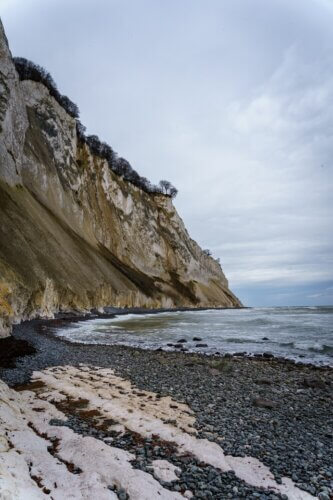
The average daily temperatures in Møn are between -1°C in January and 21°C in July.
As the water temperature in the Baltic Sea is also pleasant in summer, Møn offers perfect bathing weather from June to August without being uncomfortably hot if you want to explore the surrounding area.
But the off-season months from May to September are also recommended if you don’t necessarily want to go swimming.
You can expect the most rainfall in August. Møn can also be travelled to in winter. However, you can expect few hours of sunshine and snow.
Sights on Møn
Møns Klint
Møns Klint is one of the most famous sights in the east of Møn. The limestone cliff in the east of the island is 6 kilometres long and 129 metres high at its highest point. A little further inland, the chalk cliff reaches a height of 143 metres. However, the 70 million year old cliff is often the scene of chalk falls. It is therefore not entirely safe to be below the cliff. If you want to visit the cliff, you can take one of the small steps down to the beach. The 497 steps of the main staircase are particularly well-known.
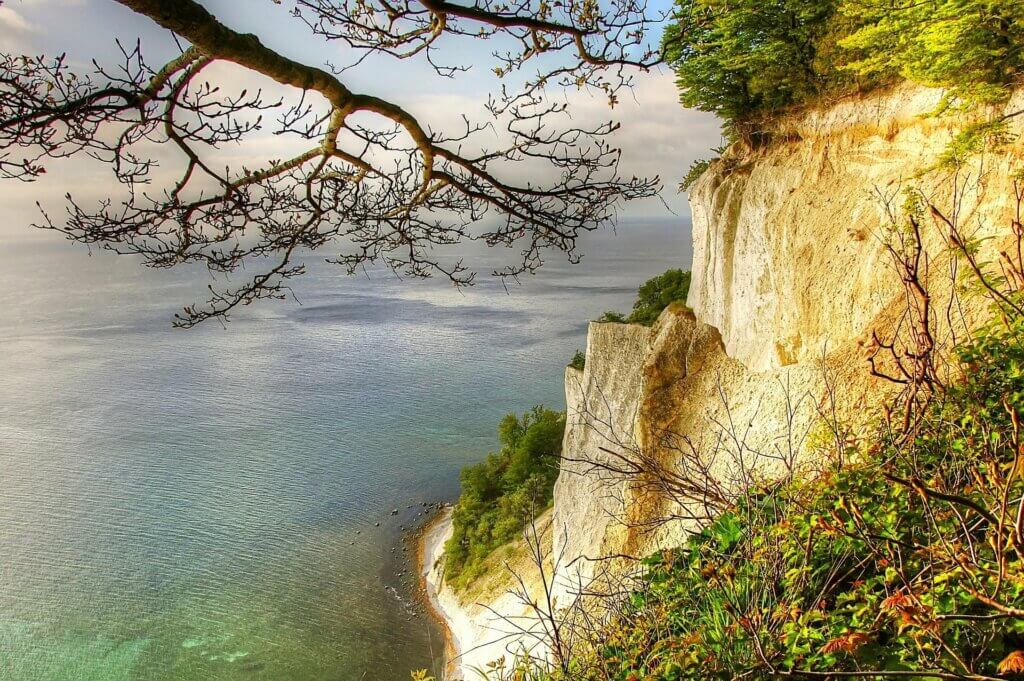
Island capital Stege
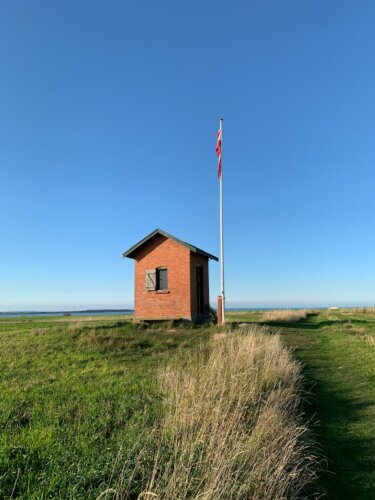
The capital of Møn is Stege. The small town, which is home to just over a third of Møn’s inhabitants, is a typical Danish coastal town.
It is perfect for strolling, shopping, eating out and visiting museums. An insider tip is the Thorsvang Collector’s Museum.
Stege is also known as the “town of herring“. This is due to the fact that the town’s economic boom in the Middle Ages was triggered by herring fishing. You can still try delicious herring here today.
Liselund Castle
Another place of interest is Liselund Castle, formerly known as Sömarkegarden. Although it is called a castle, it is actually more of a residential building from the 18th century, which is located in an English landscape garden. People like to meet there for picnics. Liselund is located in the east of the island, only about 2.5 kilometres from the famous chalk cliffs. It is therefore an excellent destination for a hike from the cliffs.
Dark Sky Park on Møn
Parts of Møn have so little light pollution that they can call themselves a “Dark Sky Park”. In good weather, you can see up to 14,000 stars there. Especially in holiday homes that are not located within a village, you can marvel at the Dark Sky Park from your terrace.
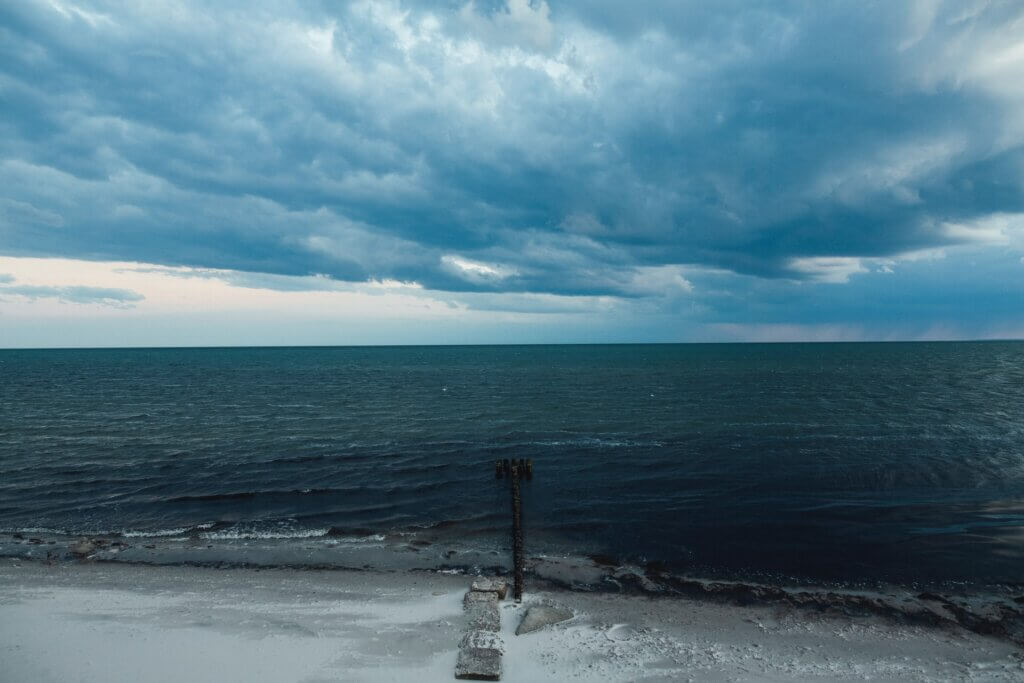
Fanefjord Skov: hiking and fishing
If you are looking for a place to hike and cycle on Møn, then you should visit Fanefjord Skov, a forest in the south-west of Møn. As the beech forest has no undergrowth, the view of the sea is unobstructed. The beach in front of Fanefjord Skov is also said to be a good fishing spot.
Holiday cottages on Møn
Many travellers to Møn choose a holiday home. Secluded holiday homes are particularly popular, as they allow you to admire the starry skies of the Dark Sky Park. A holiday home also has the advantage that you have your own cooking facilities and are undisturbed. Holiday homes also offer space for larger groups and families.
Camping on Møn
Camping on Møn is also an option. Especially if you are travelling with your own car or motorhome, camping is a great and inexpensive way to travel around Møn. Campsites near the beach are particularly popular. As wild camping is prohibited in Denmark, you should definitely refrain from free camping.
Travelling to the island of Møn
Travelling to the island of Møn from Central Europe is quite easy – if you are travelling by car, you can take a ferry between Germany and Denmark.
Starting from Germany, you can also travel by train, as the German rail network is well connected to the Danish network. From the UK the easiest option is to fly. The nearest airport is in Copenhagen, around 130 kilometres from Møn. From there you can rent a car or camper van, if you like, or take the train, which will take you to Møn in about 2-3 hours.
